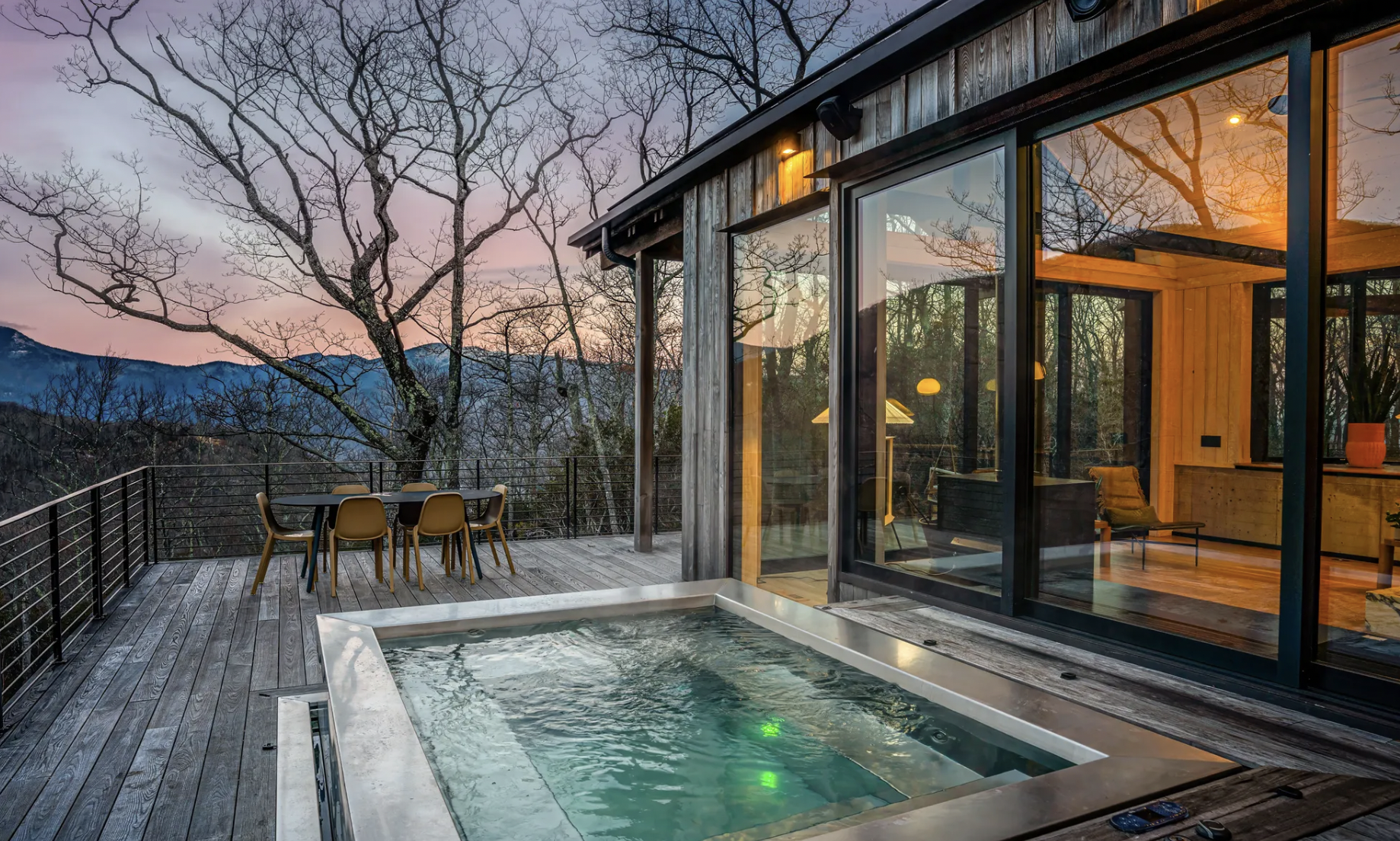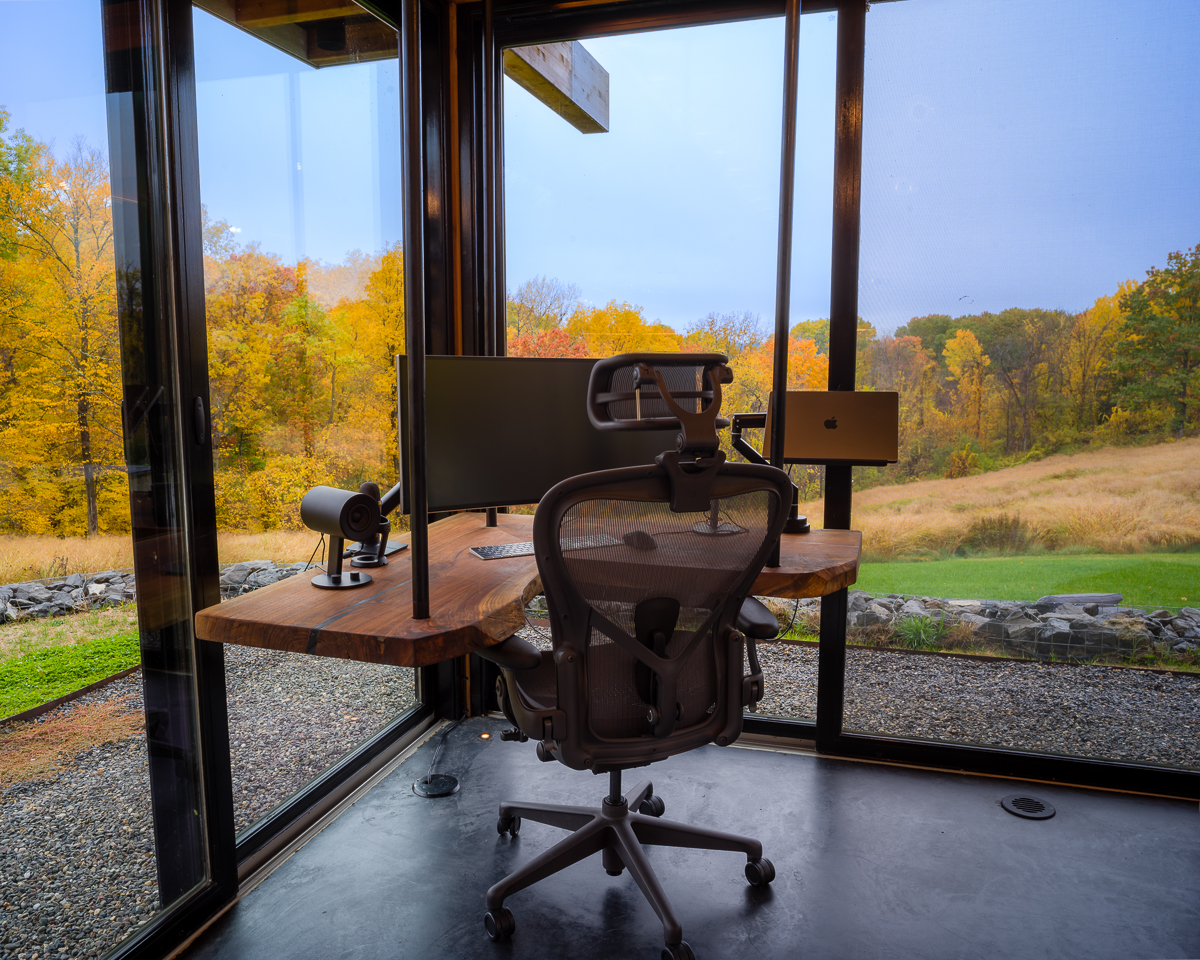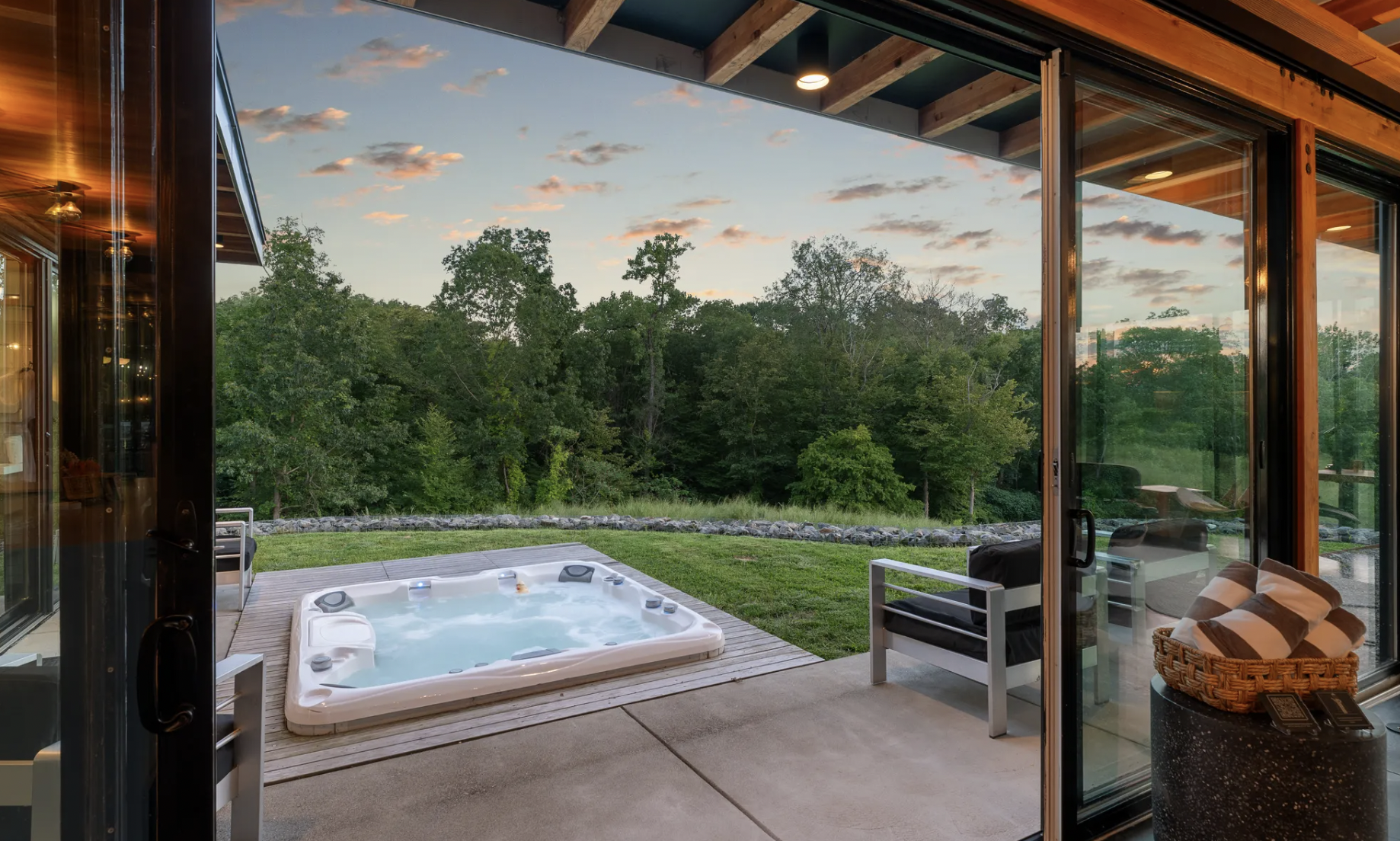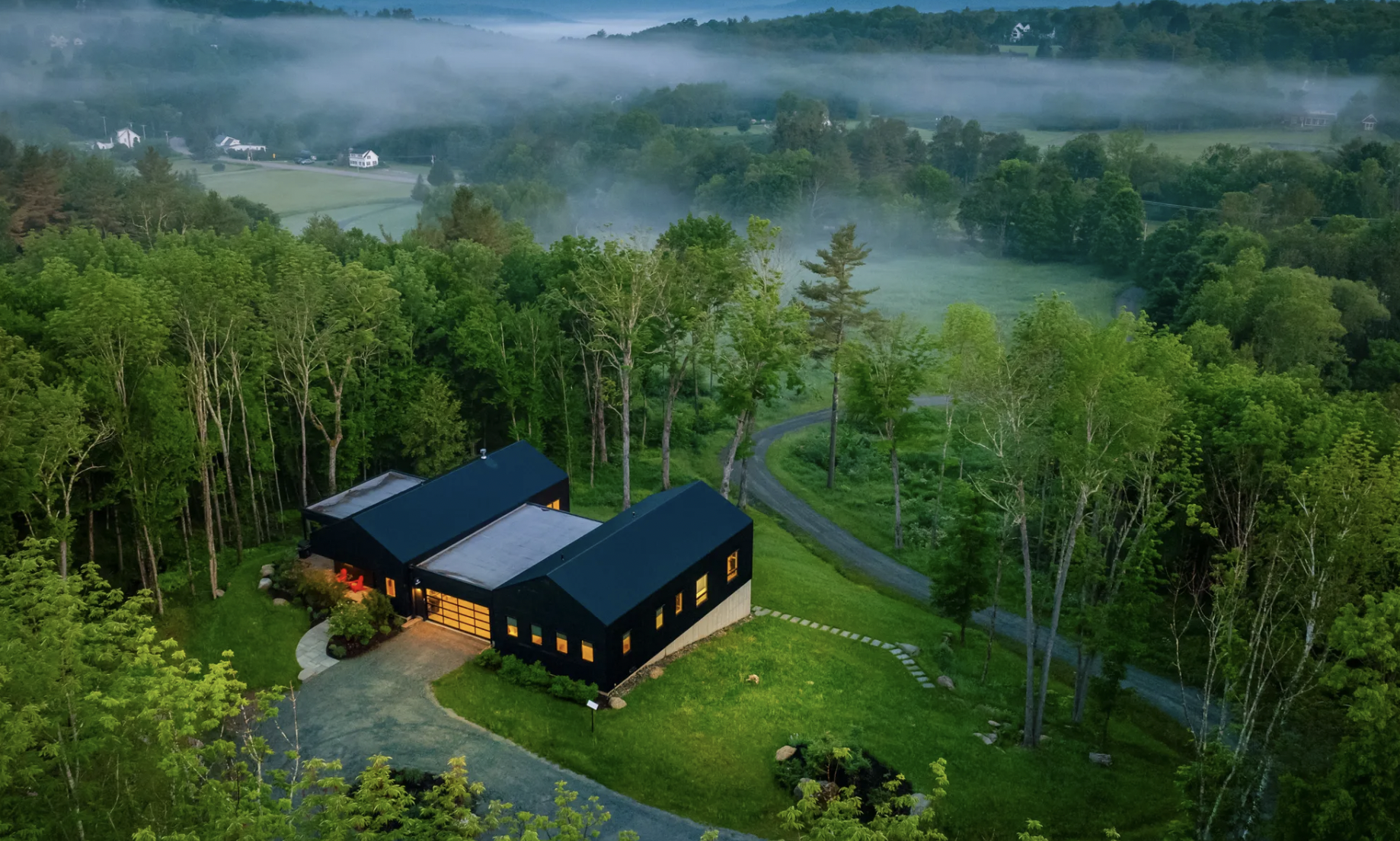A DIY writing retreat is one of the best ways to carve out uninterrupted time for your work in progress. Instead of waiting for an organized retreat or the perfect group of fellow writers, you can create your own writing retreat experience tailored to your goals, your budget, and your ideal environment.
It’s such a great idea if you’ve been struggling to make progress, or simply need a quiet space to step back and focus solely on your writing.
Here’s how to plan a writing retreat that balances productivity, inspiration, and rest.
Choosing a location is the first step in planning your own writing retreat. Ask yourself: do you want the quiet of a secluded cabin, the inspiration of the ocean, or the convenience of a hotel room in a nearby city?
A cabin in the woods or a lake house gives you privacy and the chance to spend free time in nature. On the other hand, if you’re inspired by vibrant city life, booking a room in a smaller boutique hotel with a desk and plenty of cafés nearby could also work. The key is to find a place where you feel both comfortable and focused.
If travel expenses are a concern, you don’t need to go far. Staying in your own city, house-sitting for friends, or renting a vacation property just an hour away can still create the retreat experience without the extra cost of flights or long trips.

A DIY retreat doesn’t need to last a few weeks to be effective. Many writers find that a weekend of two nights away is enough to make real progress on a first draft or spark new great ideas. Others prefer to set aside a full week to dive deep into their story and establish daily writing sessions.
Think about your schedule, family commitments, and budget. The most important thing is creating a block of uninterrupted time where writing comes first.
Daily structure is what separates a truly productive writing retreat from a quiet weekend away. Before you leave home, map out a realistic schedule that balances writing with rest.
A sample day might look like this:
Morning: Writing sessions for two to three hours while your mind is fresh.
Afternoon: A walk outside, yoga mat stretches, or light reading for inspiration.
Evening: A shorter writing block, followed by journaling, editing, or reflecting on the big picture of your work in progress.
Having a routine helps you stay focused and get your best writing done without burning out.

Meal planning is an underrated part of a productive DIY retreat. Cooking complicated dishes can cut into your writing hours, so plan ahead with simple meals, meal-prepped portions, or easy-to-reheat favorites. Stock up on snacks, fruit, and plenty of coffee or tea before you arrive.
If you’re staying with other writers, you might take turns preparing meals to keep things stress free. If you’re solo, focus on nourishing, easy meals that require minimal thought. That way, you can keep your creative energy on the page.
Every great retreat has a purpose. Decide in advance what you want your end result to be.
Do you want to finish the first draft of your novel?
Would you like to revise a chapter or outline a new project?
Do you just need space to brainstorm and capture the best ideas for future writing?
Set a clear writing goal, but allow for flexibility. Sometimes the best ideas come when you step back from the pressure of “must finish.” Remember, the retreat experience itself is a great opportunity to reconnect with creativity.

Packing is more than clothes. To create the perfect writing retreat, bring along items that make you feel focused and comfortable:
A notebook and pens for when inspiration strikes
Your laptop and charger for writing sessions
A yoga mat or running shoes for breaks
Cozy socks, a blanket, and a good reading stack
Snacks and drinks so you don’t have to leave your room mid-draft
The little things matter. A comfortable environment helps you stay in the flow.
It’s easy to feel like you should write for hours on end, but creativity needs breaks. Schedule time for reading, sleeping well, and simply enjoying your location. A walk in nature, a soak in a hot tub, or even a nap can refresh your brain and help you return to the desk with new ideas.
Remember, the end result of your DIY writing retreat is not only measured in word count but also in the clarity and inspiration you take home with you.

Every retreat looks different. Some writers thrive on a strict daily structure, others love flexibility. You might personally love going away alone, while other writers find inspiration by retreating with a friend or two. The beauty of a DIY retreat is that you design it around what you need most.
What matters is carving out that space, honoring your writing time, and giving yourself the chance to focus solely on your story.
If you’re ready to create your own writing retreat, the right setting can make all the difference. Wander offers luxury vacation rentals across the U.S. and Mexico that are perfect for writers looking for space, inspiration, and comfort. Picture yourself drafting in a glass cabin surrounded by a Vermont forest, revising on a balcony with Florida ocean views, or outlining your next big project beside a firepit under the stars.
Wander homes come with hotel-quality beds, chef-ready kitchens, and inspiring views, so you can focus on the writing that matters most.
Browse Wander's luxury DIY writing retreats today and start planning the perfect writing retreat on your own terms.

Look for quiet, inspiring surroundings, a comfortable workspace, and amenities that help you stay focused and relaxed. A great writing retreat spot should offer a mix of solitude, comfort, and beauty, featuring elements such as mountain views, ocean breezes, or forest stillness.
Wander homes are ideal for this, with ergonomic desks, fast Wi-Fi, cozy beds, and calming natural settings that support creative flow.
Simple, nourishing meals like soups, pasta, grain bowls, and salads are ideal for writing retreats. They’re easy to prep ahead and won’t take time away from writing sessions. Snacks like fruit, nuts, and protein bars keep you energized throughout the day. Many writers also prep a full meal plan in advance to stay focused.
Absolutely. A DIY writing retreat gives beginner writers dedicated time to focus on their craft without outside pressures. Even a short retreat can help you make progress on a draft, develop ideas, and build writing confidence, especially if you’ve never had the chance to write in uninterrupted blocks of time before.

By signing up, you agree to our Privacy Policy and Terms of Service.